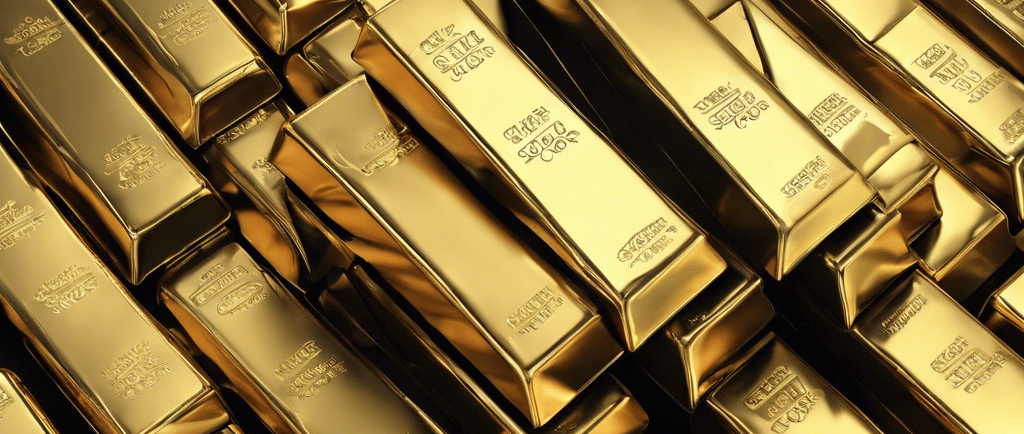WELCOME TO SHAYLIN GOLD LLC
History Of Gold Prices
Historical Prices of Gold: A Journey Through Time
Shaylin Gold
11/4/20242 min read


Introduction
Gold has been a symbol of wealth, power, and stability for thousands of years. Understanding its historical prices can provide valuable insights into economic trends and investment strategies. This section explores the journey of gold prices from ancient civilizations to the present day.
Ancient Times to the Middle Ages
Gold's allure dates back to ancient civilizations. The Egyptians used gold for jewelry and burial artifacts, establishing its value around 3000 BC. By the time of the Roman Empire, gold coins became a standard currency, reflecting its enduring worth.
The Gold Standard Era (19th to Early 20th Century)
The 19th century saw the establishment of the gold standard, where currencies were directly linked to gold. Prices remained relatively stable during this period, with gold trading around $20 to $30 per ounce. This stability was disrupted by World War I and the Great Depression, leading to fluctuating values.
Post-World War II to the 1970s
After World War II, the Bretton Woods Agreement pegged gold at $35 an ounce, maintaining stability until the early 1970s. The end of the gold standard in 1971 led to a free-market system, causing prices to soar. By 1979, gold reached $800 per ounce amid economic turmoil and inflation.
The 1980s to Early 2000s
The 1980s witnessed a decline in gold prices, stabilizing between $300 and $500 per ounce for two decades. Economic growth and a strong U.S. dollar contributed to this lull, but the early 2000s saw renewed interest in gold as a hedge against economic instability. Prices began to climb steadily, reaching over $1,000 in 2008.
The Bull Market (2008 - 2012)
The financial crisis of 2008 triggered a significant bull market for gold. Investors flocked to gold as a safe haven, driving prices to unprecedented heights. In September 2011, gold peaked at approximately $1,900 per ounce.
Recent Trends (2013 - Present)
Since the peak in 2011, gold prices have experienced fluctuations, influenced by factors such as geopolitical tensions, inflation, and central bank policies. As of now, gold is trading around $1,800 per ounce, reflecting ongoing global uncertainties and the continued appeal of gold as a stable investment.
Conclusion
Gold’s historical prices tell a story of resilience and adaptability. As a timeless asset, it remains an important part of investment portfolios and a safeguard against economic volatility. Understanding its past can help investors make informed decisions for the future.
Call to Action
Explore our resources and tools to stay updated on gold prices and market trends. Whether you're an investor or simply curious about gold, we provide the insights you need to navigate this precious market.
